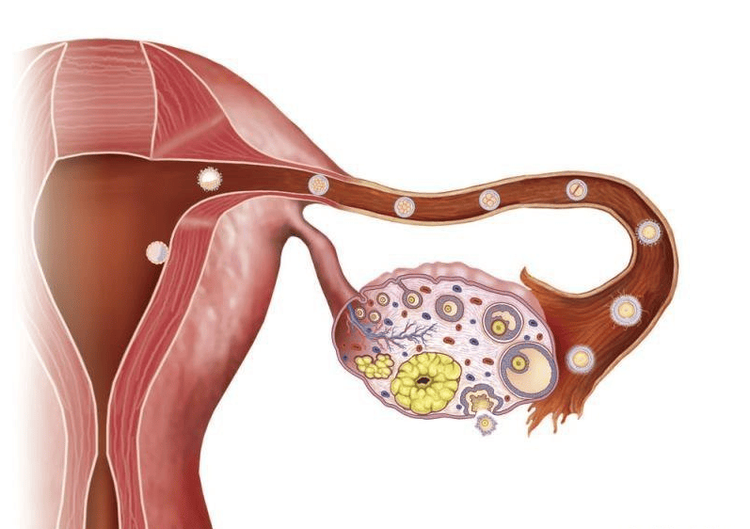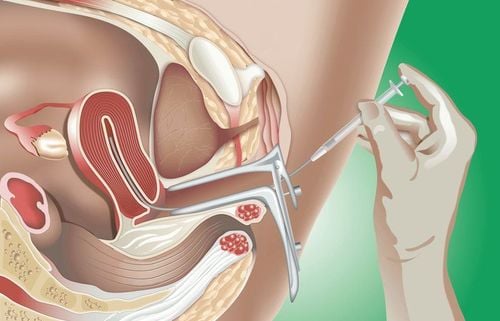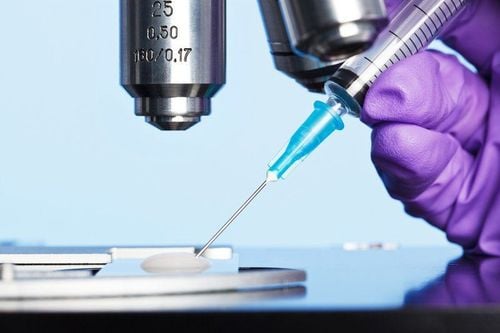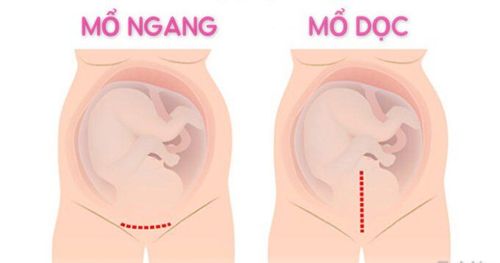This is an automatically translated article.
Ovarian response assessment is routinely performed through various ovarian reserve tests (ORTs) to predict and guide appropriate treatment for couples undergoing IVF. One of the commonly used assessments to evaluate poor ovarian response during IVF is the E2 test.
1. What is poor ovarian response?
Poor response to ovarian stimulation is a condition in which the number of follicles is low, the number of eggs obtained is low, and the concentration of estradiol is low when using standard ovarian stimulation regimens.
Poor ovarian response occurs in about 20% of IVF cycles, reducing the number of eggs, the number of embryos obtained, increasing the cost of treatment, the clinical pregnancy rate is often very low. The assessment of ovarian response plays a very important role in IVF, helping doctors find the right treatment for the patient.
Diagnosis of poor response to ovarian stimulation in IVF is based on the following:
The number of follicles on ultrasound on the day of hCG injection or the number of oocytes aspirated less than 4 Day 6 estradiol levels of ovarian stimulation eggs below 200 pg/ml or estradiol levels on the day of hCG injection less than 500 pg/ml.

Đáp ứng buồng trứng vô cùng quan trọng trong thụ tinh ống nghiệm
2. What is an E2 test?
Estrogen is a group of hormones that play a key role in the development of a woman's physical characteristics and reproductive functions, including breast and uterine development, and the regulation of the menstrual cycle. Men also make estrogen but in much smaller amounts.There are many types of estrogen, but only three are commonly tested:
Estrone, also known as E1, is the main female hormone produced by women after menopause. Menopause is the time in a woman's life when her periods stop and she can no longer get pregnant. It usually begins when a woman is about 50 years old. Estradiol, also known as E2, is the main female hormone made by women who are not pregnant. Estriol, also known as E3 is a hormone that increases during pregnancy. Measuring estrogen levels can provide important information about your fertility (ability to get pregnant), the health of your pregnancy, your menstrual cycle, and other health conditions. The E2 test, also known as the estradiol test, is a test that measures the amount of the hormone estradiol in your blood. The ovaries, breasts, and adrenal glands make estradiol. During pregnancy, the placenta also produces this hormone. Estradiol helps in the growth and development of female reproductive organs, including: uterus, fallopian tubes, vagina, breasts. Estradiol helps control how fat is distributed in the body. It is also essential for bone and joint health in women.
Recommended video: Things to know about IVF
3. How much E2 test is normal?
A higher-than-normal level of estradiol indicates puberty occurring earlier than normal. This is also known as precocious puberty. Low estradiol levels may indicate delayed puberty. In addition, the E2 test can help doctors detect abnormalities in the adrenal glands, assisting in the treatment of hypopituitarism.
Your doctor may order an estradiol test to look for the cause of:
Irregular menstrual bleeding Abnormal vaginal bleeding Infertility in women If you are pregnant or undergoing treatment for infertility, your doctor may order a test. test estradiol to help monitor pregnancy and follicle development during IVF.
Estradiol levels in women will change with the menstrual cycle, specifically in the follicular phase, E2 levels are at 11.3 - 232.3 pg/mL, when ovulation this concentration will increase to 41.1 - 397.4 pg/mL , in the luteal phase E2 gradually decreased to 22.3 - 340.3 pg/mL, in perimenopause the concentration of E2 dropped as low as just under 5 - 137.4 pg/mL.
4. E2 test evaluates poor ovarian response in IVF
To assess ovarian reserve, the E2 test is done on day 2 (or 3) of the menstrual cycle – the same time as the FSH test. Ovarian reserve is considered to be reduced when E2 levels on day 3 >75pg/ml, FSH >12-15 IU/L.

Xét nghiệm E2 được tiến hành vào ngày thứ 2 hoặc 3 của chu kỳ kinh
5. Notes when performing E2 . test
Several factors can affect estradiol levels. You should therefore discuss these factors with your doctor. They may ask you to stop taking a certain medicine or change your dose before the test.
Drugs that can affect your estradiol levels include:
Birth control pills Estrogen therapy Glucocorticoids Phenothiazines, medicines used to treat schizophrenia and other mental disorders Tetracycline antibiotics (Panmycin) and ampicillin Estradiol levels can also change throughout the day and during a woman's menstrual cycle. Therefore, your doctor may ask you to have a blood test at a certain time of day or at a certain time during your cycle. Factors that can affect estradiol levels include:
Anemia High blood pressure Kidney disease Impaired liver function
Please dial HOTLINE for more information or register for an appointment HERE. Download MyVinmec app to make appointments faster and to manage your bookings easily.













